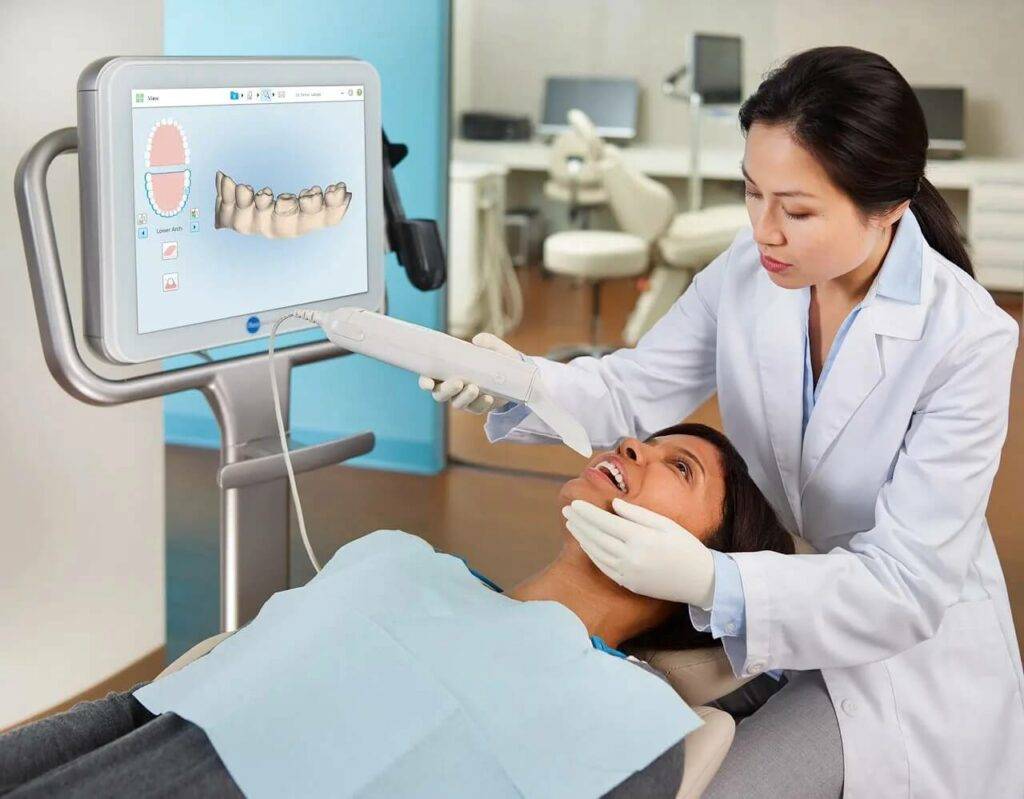3D printing is revolutionizing orthodontics, offering faster, more precise, and highly customized treatment solutions. This technology has significantly impacted the way dental professionals design, fabricate, and deliver orthodontic appliances, including clear aligners, retainers, and braces.
As digital dentistry continues to evolve, 3D printing is paving the way for more efficient workflows, reduced costs, and improved patient outcomes.
One of the most notable advantages of 3D printing in orthodontics is its ability to streamline the production of clear aligners. Traditionally, aligners were created using thermoforming techniques over physical molds, requiring multiple steps and significant manual labor.
With 3D printing, orthodontists can produce aligners directly from digital scans, ensuring precise fit and faster turnaround times. This advancement allows for same-day aligners, eliminating long waiting periods and enhancing patient convenience.
Customization is another major benefit of 3D printing technology. Every patient’s dental structure is unique, and achieving optimal results requires a tailored approach.
With 3D printing, orthodontists can create highly individualized treatment plans by designing appliances that precisely fit a patient’s dentition. This level of customization improves treatment effectiveness, comfort, and overall patient satisfaction.
The efficiency of 3D printing is also transforming orthodontic workflows. Digital impressions and CAD/CAM technology enable orthodontists to plan treatments with greater accuracy while reducing material waste.
The ability to print orthodontic models, brackets, and retainers in-house eliminates reliance on third-party labs, cutting costs and expediting treatment delivery. Additionally, this technology minimizes human error, resulting in more consistent and predictable treatment outcomes.
Beyond clear aligners, 3D printing is playing a crucial role in the development of customized braces and orthodontic appliances. Traditional metal braces require prefabricated brackets and wires that may not always conform perfectly to a patient’s teeth.
With 3D printing, orthodontists can produce custom brackets and archwires that improve the efficiency of tooth movement while reducing patient discomfort.
Another exciting application of 3D printing in orthodontics is its role in surgical planning. For patients requiring orthognathic surgery or complex orthodontic treatments, 3D-printed models allow orthodontists and surgeons to visualize treatment outcomes before procedures begin.
These models help in designing precise treatment approaches, improving predictability, and enhancing collaboration between dental professionals.
As sustainability becomes a growing concern in healthcare, 3D printing is also contributing to environmentally friendly orthodontic solutions.
Many companies are developing biodegradable and recyclable materials for use in printed aligners and retainers, reducing plastic waste and promoting sustainability in orthodontic care.
The future of orthodontics is being reshaped by 3D printing, offering unprecedented precision, speed, and customization. As this technology continues to advance, orthodontists will be able to provide more efficient and accessible treatment options, ensuring better patient experiences and outcomes.
With digital workflows, cost savings, and enhanced personalization, 3D printing is set to become an integral part of modern orthodontic care.


